Comentarios / Preguntas (300)
![]() Ma Baleska Diaz Zamora escribió:
Ma Baleska Diaz Zamora escribió:
Hola, hace un tiempo hice este modelo para una de mis nietas, queda precioso, muchas gracias por compartir este modelo gratuitamente. Les escribo para informar que hay una persona en instagram que publica la foto de este modelo y vende el patrón por talla, revisen en: taller_entretejido
07.07.2020 - 22:03
![]() Janet Hughes escribió:
Janet Hughes escribió:
Difficulty understand instructions, especially inside the parenthesis'. . Please specify what the numbers in the parenthesis' are referencing, similar to Ely Hutton's question Please break this down verbally.
14.06.2020 - 19:25DROPS Design respondió:
Dear Mrs Hughes, each number refer to the sizes, in the same order, so that you will cast on for example 68 in size 1/3 months = 50/56 cm -74 sts in size 6/9 months = 62/68 cm -82 sts in size 12/18 months = 74/80 cm (86 sts in size 2 years = 86/92 cm - 94 sts in size 3/4 years = 98/104 cm) - Happy knitting!
15.06.2020 - 09:50
![]() Henriette Blok escribió:
Henriette Blok escribió:
Hej, Jeg er ved at strikke forstykket og skal til diagrammerne. Dog er jeg lidt i tvivl, da I skriver snoningerne skal være på hver 4.pind (de yderste) og hver 6.pind i midten. For som jeg læser diagrammerne så starter snoningerne på 1.pind,- 2.pind er så vrangsiden. 3.pind på ret og så 4.pind vrangside igen. Hvad er det jeg misforstår? De yderste snoninger sker på hver 2.omgang ikke? Altså på hver 5.pind? Og de midterste snoninger sker på hver 3.omgang?
22.05.2020 - 16:42DROPS Design respondió:
Hej Henriette, ja det stemmer de yderste skal være på pind 1,5,9,13,17 (= hver 4.pind) og de midterste snoninger strikkes på pind 1, 7,13,19 (= hver 6.pind) God fornøjelse!
29.05.2020 - 10:08
![]() Elsa Löfgren escribió:
Elsa Löfgren escribió:
De står att man ska minska 2 m över flätan och 1m på varje sida på nästa v sätts 7m på en tråd men efter de då blir de 2 m kvar innan avmaskning
19.04.2020 - 17:49
![]() Amy Likover escribió:
Amy Likover escribió:
Hi! Two questions 1. How many skeins of wool, please? 2. May I knit it without a hood and if so do you have suggestions about that? Thanks
13.04.2020 - 04:09DROPS Design respondió:
Dear Amy, depending on the size you are planning to knit you will need 9-14 balls of DROPS Merino Extra Fine yarn. And yes, you can make this without a hood. You should pick up the stitches around the neckline as you would for teh hoos, decrease some stitches, and knit a ribbed edge, and cast off in rib. Happy Knitting!
14.04.2020 - 06:20
![]() Elly Hutten escribió:
Elly Hutten escribió:
Would I be able to get row by row instructions for casting on new stitches for the sleeve on the back piece of the bunting bag? I am somewhat confused by the instructions given in the pattern.
10.04.2020 - 01:46DROPS Design respondió:
Dear Mrs Hutten, depending on the size the number of stitches to cast on for sleeves on back piece will vary, for example in first size you will cast on 4 stitches at the end of the next 4 rows (= there are now 4 new stitches 2 times on each side), then cast on 8 sts at the end of next 2 rows (= 8 new sts on each side) etc. Happy knitting!
14.04.2020 - 10:04
![]() Milagros escribió:
Milagros escribió:
No acabo de entender de la capucha lo de la costura central y la doblez en dos partes. Sí se recogen los puntos alrededor del cuello, todos o la mitad del cuello? Es que no lo veo en el patrón. Gracias
25.03.2020 - 16:24
![]() Sylvaine escribió:
Sylvaine escribió:
Bonjour pourriez vous m'aider je n'arrive pas a faire le diagramme, si j'ai bien compris sur la 1er ligne du diagrame je dois faire 1 m lisiere 8 m M1 puis M2 puis 14 m env puis M3 et M1 sur 8 m et 1 m lisiere quand je tourne mon tricot comment dois-je tricoter les rangs 2 et 3 qui suivent? merci de votre aide precieuse. sylvaine
23.03.2020 - 09:47DROPS Design respondió:
Bonjour Sylvaine, sur l'envers, tricotez les diagrammes les uns au-dessus des autres, autrement dit: 1 m lis, M1, M3, M2, M1, 1 m lis, en les lisant de gauche à droite. Plus d'infos sur les diagrammes ici. Bon tricot!
23.03.2020 - 11:41
![]() Annette Veirum escribió:
Annette Veirum escribió:
Hvor mange pinde skal der være mellem hvert knaphul til forstykket? hvad betyder at når arbejdet måler 25 cm lukkes af for knaphul
18.03.2020 - 17:24DROPS Design respondió:
Hej Annette, du ser målene imellem knaphullerne til de forskellige størrelser øverst i opskriften hvor der står KNAPHUL. God fornøjelse!
19.03.2020 - 15:21
![]() Elly Hutten escribió:
Elly Hutten escribió:
Hello: I am having difficulty understanding the section of the back piece increasing into the sleeves. Would you be able to explain where and how exactly I need to increase? Cast on at the end of every row as follows: 4 sts 2-2-3 (3-3) times, 8 sts 1-1-1 (1-3) times, 10 sts 1-1-1 (2-1) times and 12-14-15 (15-16) sts 1 time = 144-154-172 (196-218) sts on needle –Thank so much
15.03.2020 - 12:46DROPS Design respondió:
Dear Elly, for shaping the sleeves, you should add stitches (casting on stitches) at the end of each row depending on the size you knit. First 4 stitches at the end of each row 2-2-3 (3-3) times, then 8 stitches at the end of each row 1-1-1 (1-3 times, then you have to cast on 10 stitches at the end of each row 1-1-1 (2-1) times, and then, depending on the size you knit, you will have to cast on 12-14-15 (15-16) stitches at the end of the next two rows. Then you will end up with 144-154-172 (196-218) sts on needle –Thank so much stitches on the needle. Happy Crafting!
16.03.2020 - 01:43
Snuggly Bunny#snugglybunnybuntingbag |
|||||||||||||||||||
 |
 |
||||||||||||||||||
Saco de dormir de punto en punto de arroz con patrón texturado y torsadas en DROPS Merino Extra Fine
DROPS Baby 19-10 |
|||||||||||||||||||
|
SACO DE DORMIR: PT MUSGO (de ida y vuelta en la ag): Tejer todas las hileras de derecho. PATRÓN: Ver diagrama M.1 a M.3. Los diagramas muestran el patrón por el LD. La 1ª hilera de M.2 y M.3 = LD. AGUJERO PARA EL CINTURÓN DE SEGURIDAD EN LA SILLA DEL COCHE: Se puede hacer un agujero en la pieza del frente y de la espalda para el cinturón de seguridad. Hacer el agujero cuando la pieza mida aprox 16-20-23 (28-33) cm (o cuando tenga las medidas requeridas) rem los 10 pts centrales en la ag. En la hilera sig, mon 10 nuevos pts sobre los pts rem y continuar como antes. OJALES: Hacer los ojales en el borde delantero derecho. 1 ojal = tejer juntos de derecho el 2º y 3er pt a partir del centro del frente y hacer 1 HEB (lazada). Hacer los ojales cuando la pieza mida: Talla 1/3 meses: 25, 30, 35, 40, 45 y 50 cm. Talla 6/9 meses: 28, 34, 41, 47, 54 y 60 cm. Talla 12/18 meses: 30, 38, 46, 54, 62 y 70 cm. Talla 2 años: 37, 44, 51, 58, 65, 72 y 79 cm. Talla 3/4 años: 40, 48, 57, 65, 74, 82 y 91 cm. ------------------------------------------------------ ------------------------------------------------------ SACO DE DORMIR: El saco de dormir es tejido en 2 partes a partir de la orilla inferior y en dirección hacia arriba y, después, unido con una costura. Tejer cada parte de ida y vuelta en ag circular para tener espacio suficiente para todos los pts. NOTA: Si se quiere hacer el agujero para el cinturón de seguridad – ver arriba. ESPALDA: Mon 68-74-82 (86-94) pts (incluye 1 pt de orillo en cada lado) en ag circular tamaño 4 mm con Merino Extra Fine. Tejer en PT MUSGO – ver arriba – por 4-4-4 (5-5) cm – ajustar para una hilera por el LR. Tejer 1 hilera de revés por el LR y continuar en M.1 con 1 pt de orillo en pt musgo en cada lado (empezar con 1d después del pt de orillo). Cuando la pieza mida 44-53-62 (71-82) cm, mon nuevos pts para las mangas en cada lado. Mon al final de cada hilera de la manera sig: 4 pts 2-2-3 (3-3) veces, 8 pts 1-1-1 (1-3) veces, 10 pts 1-1-1 (2-1) veces y 12-14-15 (15-16) pts 1 vez = 144-154-172 (196-218) pts en la ag – NOTA: incorporar los pts aum en M.1 conforme avanza en el tejido – después que todos los pts han sido mon, continuar en M.1, pero con 10 pts en cada lado en pt musgo (= orilla inferior de las mangas). Cuando la pieza mida 54-64-74 (84-96) cm, rem los 16-18-22 (24-24) pts centrales para el escote y completar cada hombro/manga por separado. Rem 1 pt en el escote en la hilera sig = 63-67-74 (85-96) pts restantes en la ag (= hombro + manga). Rem cuando la pieza mida 56-66-76 (86-98) cm. Repetir en el otro lado. FRENTE: Mon 68-74-82 (86-94) pts y tejer en pt musgo por 2-2-2 (2.5-2.5) cm, después tejer la hilera sig, de la manera sig, por el LD: 12-13-14 (14-16) pts derechos, * 2 pjd, 1 HEB, 12-13-15 (12-13) pts derechos *, repetir de *a* un total de 3-3-3 (4-4) veces, 2 pjd, 1 HEB y terminar con 12-14-15 (14-16) pts derechos (= 4-4-4 (5-5) ojales). Continuar en pt musgo hasta que la orilla mida 4-4-4 (5-5) cm – ajustar para una hilera por el LR. Tejer 1 hilera de revés por el LR y, AL MISMO TIEMPO, aum 22 pts distribuidos equitativamente = 90-96-104 (108-116) pts. Tejer la hilera sig, de la manera sig, por el LD: 1 pt de orillo, M.1 en los primeros 5-8-12 (14-18) pts (empezar con 1d en el lado para que el patrón calce con la pieza de la espalda). M.2 (= 32 pts), tejer 14 pts reveses, M.3 (= 32 pts), M.1 en los 5-8-12 (14-18) pts sig (ajustar para que M.1 termine con 1r en el lado antes del pt de orillo, para que el patrón calce con la pieza de la espalda) y terminar con 1 pt de orillo. Continuar en el patrón de esta manera con M.1, M.2 y M.3 y 14 pts en pt jersey revés en el centro del frente. Cuando la pieza mida 23-25-28 (33-37) cm, deslizar los primeros 42-45-49 (51-55) pts a un gancho o seguro aux = 48-51-55 (57-61) pts restantes en la ag. FRENTE DERECHO: = 48-51-55 (57-61) pts. Continuar en el patrón como antes, pero tejer los 6 pts del lado del centro del frente en pt musgo para el borde delantero – RECUERDE LOS OJALES – ver arriba! Cuando la pieza mida 44-53-62 (71-82) cm, mon nuevos pts para la manga al final de cada hilera, en el lado, como se describe para la pieza de la espalda = 86-91-100 (112-123) pts. Después de haber mon todos los pts, continuar en el patrón como antes, pero tejer los 10 pts de la orilla de la manga en pt musgo. Cuando reste 1 hilera para que la pieza mida 51-61-71 (80-92) cm – ajustar para que esta hilera sea por el LR – dism 4 pts en la torsada del lado del centro del frente (es decir, dism 2 pts encima de la torsada y 1 pt en cada lado de la torsada). En la hilera sig, por el LD, deslizar 6-7-8 (9-9) pts del lado del centro del frente a un gancho o seguro aux para el escote. Rem para formar la línea del escote al inicio de cada hilera a partir del centro del frente: 2 pts 2 veces y 1 pt 2-2-3 (3-3) veces = 70-74-81 (92-103) pts restantes en la ag (= hombro + manga). Continuar en el patrón como antes. Cuando reste 1 hilera para que la pieza mida 56-66-76 (86-98) cm, dism 7 pts distribuidos equitativamente encima de los pts de las torsadas de M.3 = 63-67-74 (85-96) pts. En la hilera sig, rem todos los pts. FRENTE IZQUIERDO: Deslizar los pts del gancho o seguro aux nuevamente a la ag y levantar 6 pts detrás de los 6 pts en pt musgo en el borde delantero derecho = 48-51-55 (57-61) pts. Continuar como se describe para la pieza del frente derecho, pero en sentido inverso – NOTA: no hacer ojales en el borde delantero. ENSAMBLAJE: Hacer la costura de los hombros/parte de arriba de las mangas. Hacer la costura bajo las mangas y de los lados, a 1 pt del pt de orillo. Doblar 5 cm en cada orilla de las mangas hacia el LD y fijar con algunos puntos de costura. Coser 4-4-4 (5-5) botones en la parte de abajo del saco de dormir y coser los botones restantes en el borde delantero izquierdo. CAPUCHA: Levantar, por el LD, aprox 58 a 78 pts alrededor del escote (incluye los pts de los ganchos o seguros aux de los frentes) en ag circular tamaño 4 mm con Merino Extra Fine. Tejer 1 hilera de derecho por el LR, después tejer 1 hilera de derecho por el LD y, AL MISMO TIEMPO, distribuir aum equitativamente para 85-89-93 (97-101) pts. Continuar en M.1 con 6 pts en pt musgo en cada lado – AL MISMO TIEMPO, mon 6 nuevos pts al final de las 2 hileras sig para la orilla del doblez = 97-101-105 (109-113) pts – tejer estos pts en pt musgo. Continuar en M.1 con 12 pts en pt musgo en cada lado hasta que la capucha mida 21-23-25 (27-28) cm y rem. Doblar la capucha en dos y unir con una costura en la parte de arriba. Doblar 6 pts en pt musgo alrededor de la abertura de la capucha para el LD y fijar a la línea del escote con pequeños puntos de costura. |
|||||||||||||||||||
Explicaciones del diagrama |
|||||||||||||||||||
|
|||||||||||||||||||
 |
|||||||||||||||||||
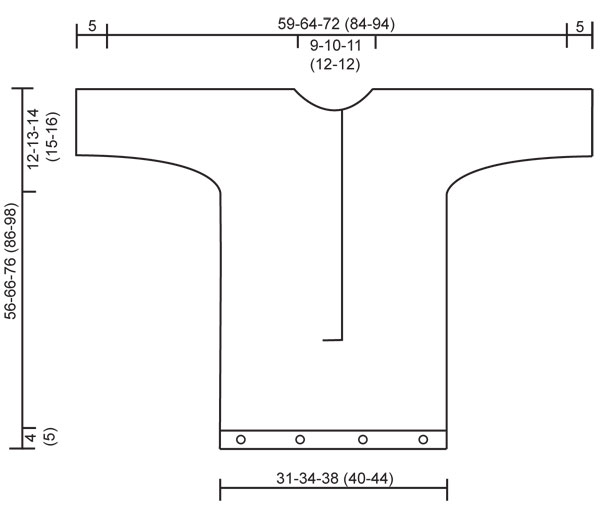 |
|||||||||||||||||||
¿Terminaste este patrón?Entonces, etiqueta tus fotos con #dropspattern #snugglybunnybuntingbag o envíalas a la galería #dropsfan. ¿Necesitas ayuda con este patrón?Encontrarás 19 videos tutoriales, un espacio para comentarios/preguntas y más visitando la página del patrón en garnstudio.com © 1982-2025 DROPS Design A/S. Todos los derechos reservados. Este documento, incluyendo todas sus sub-secciones, está protegido por los derechos de autor (copyright). Lee más acerca de lo que puedes hacer con nuestros patrones en la parte de abajo de cada patrón de nuestro sitio. |
|||||||||||||||||||

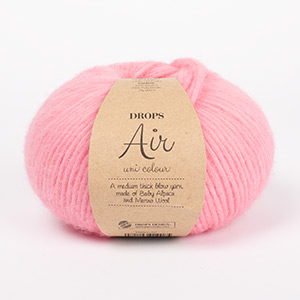










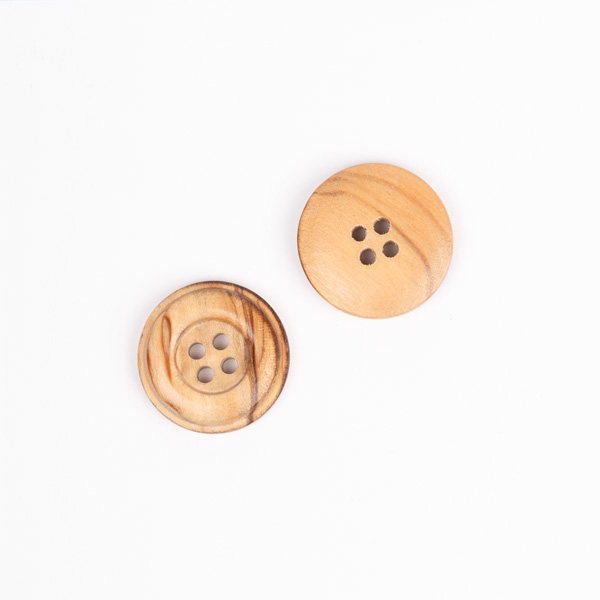
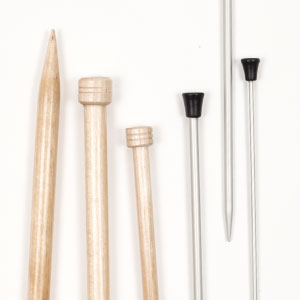
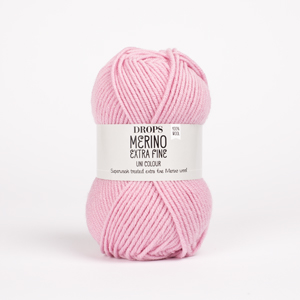
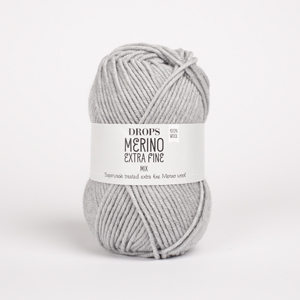

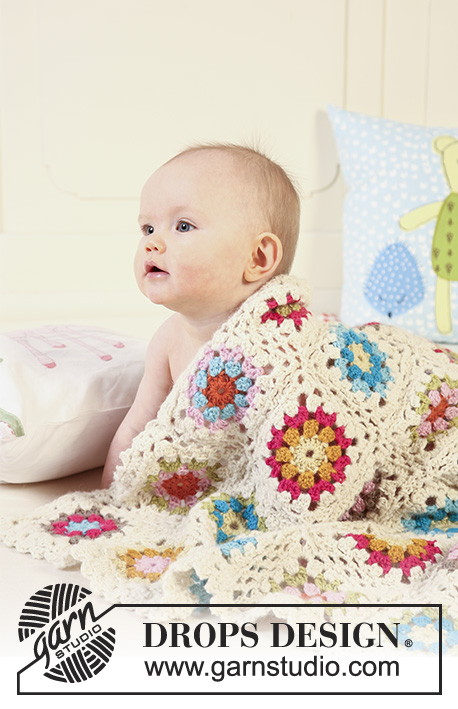


























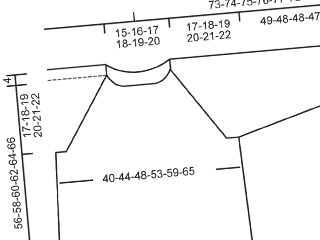
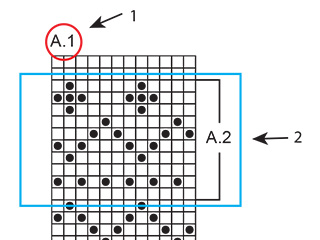
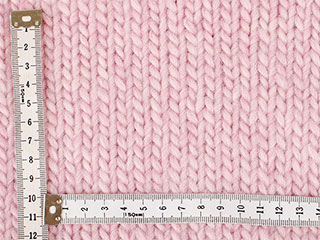
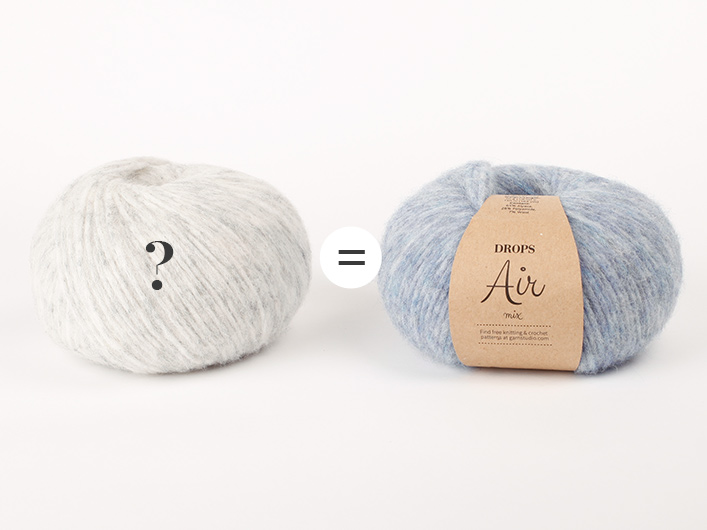
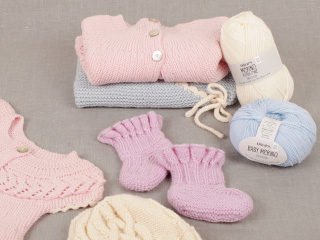
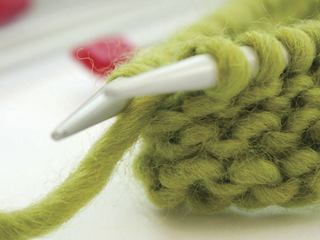

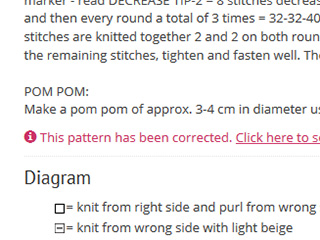

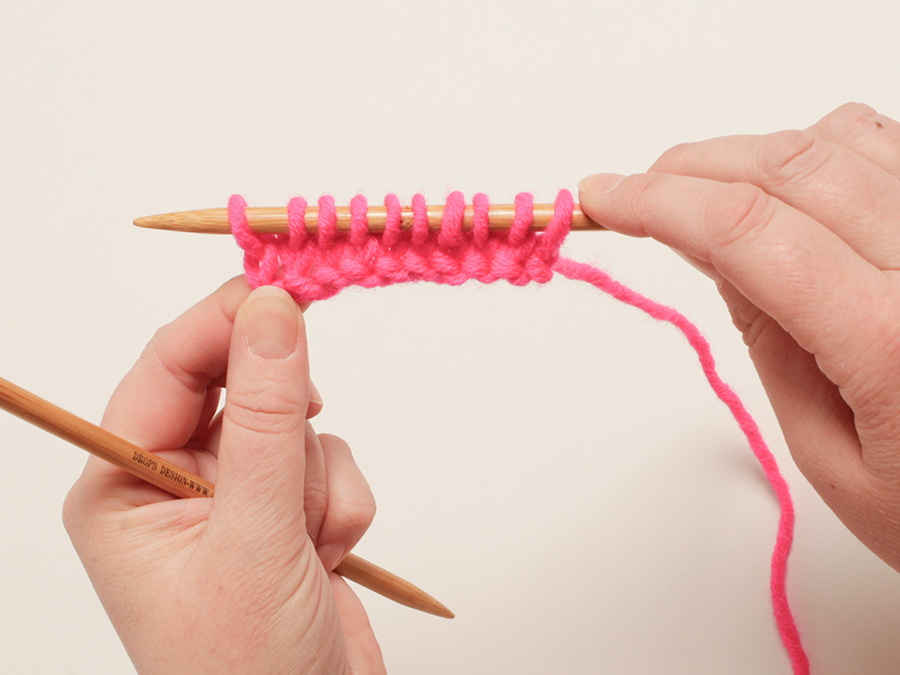
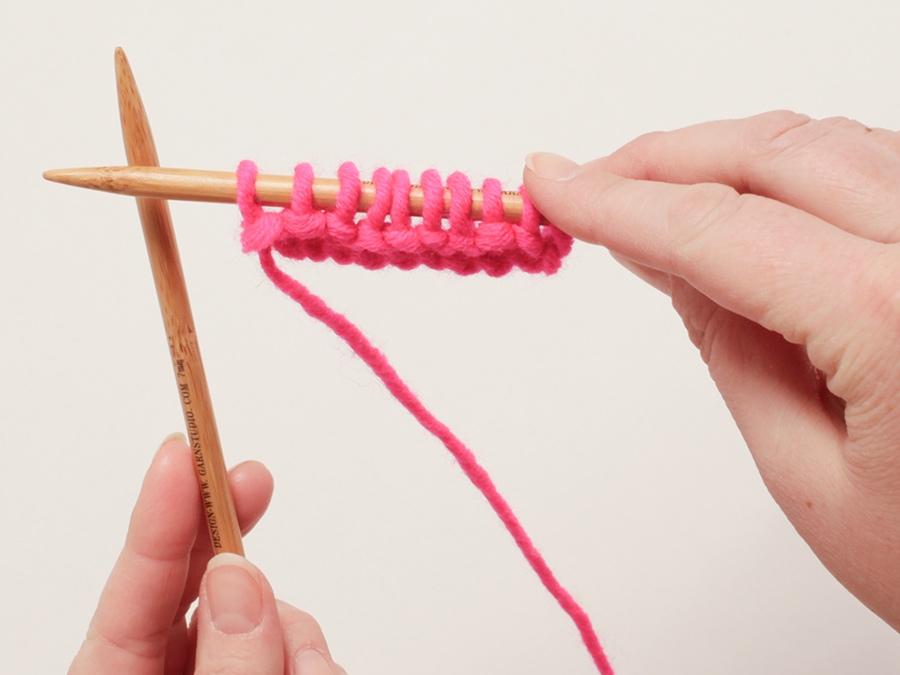
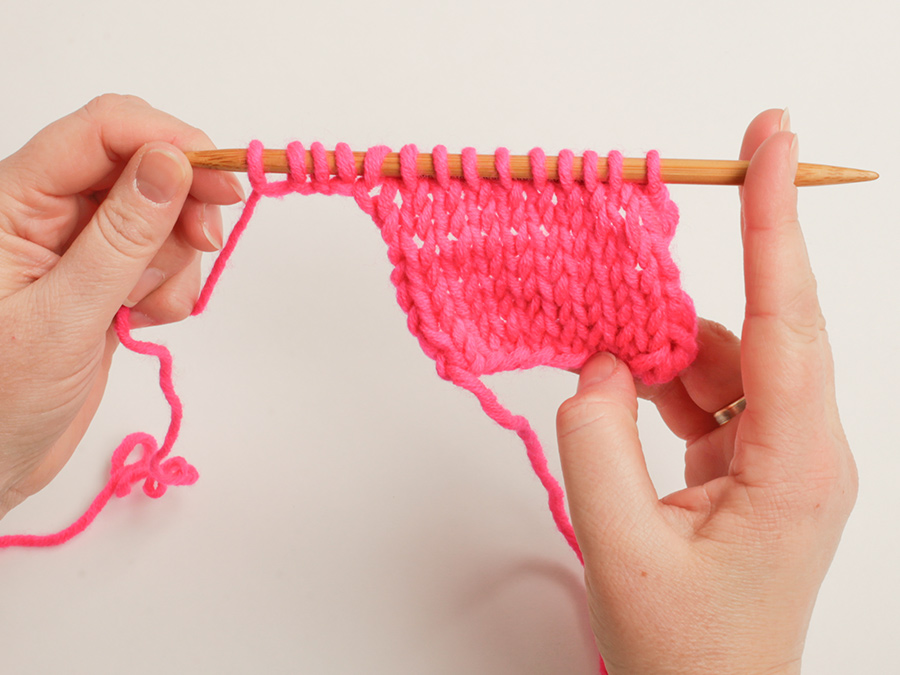
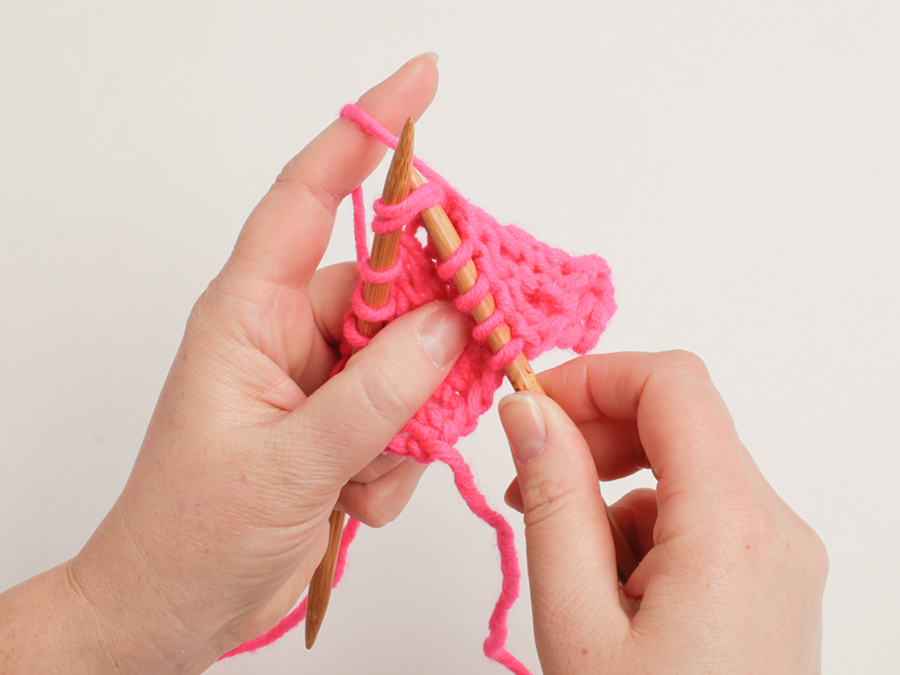
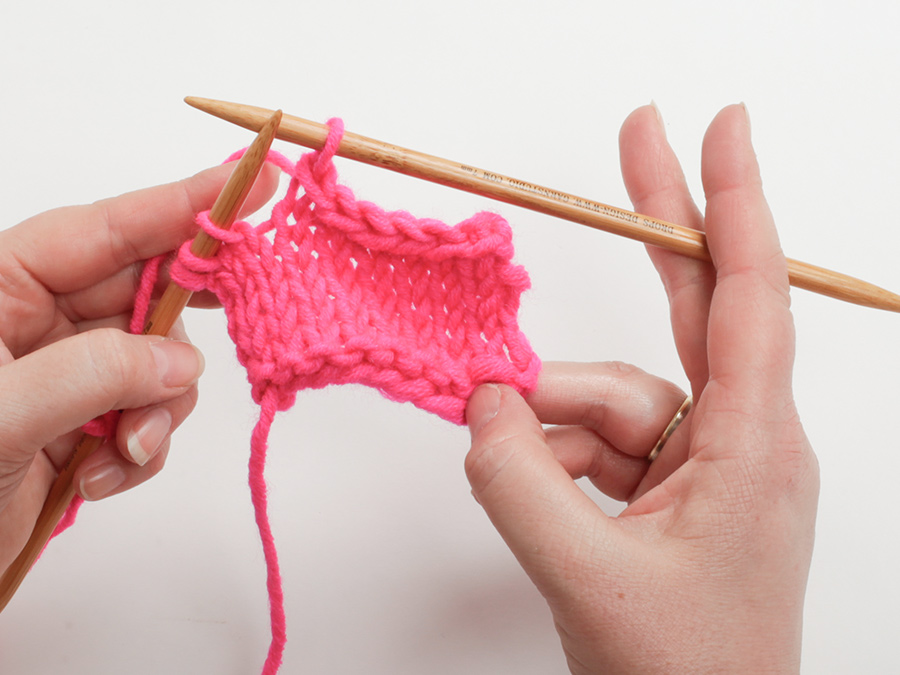
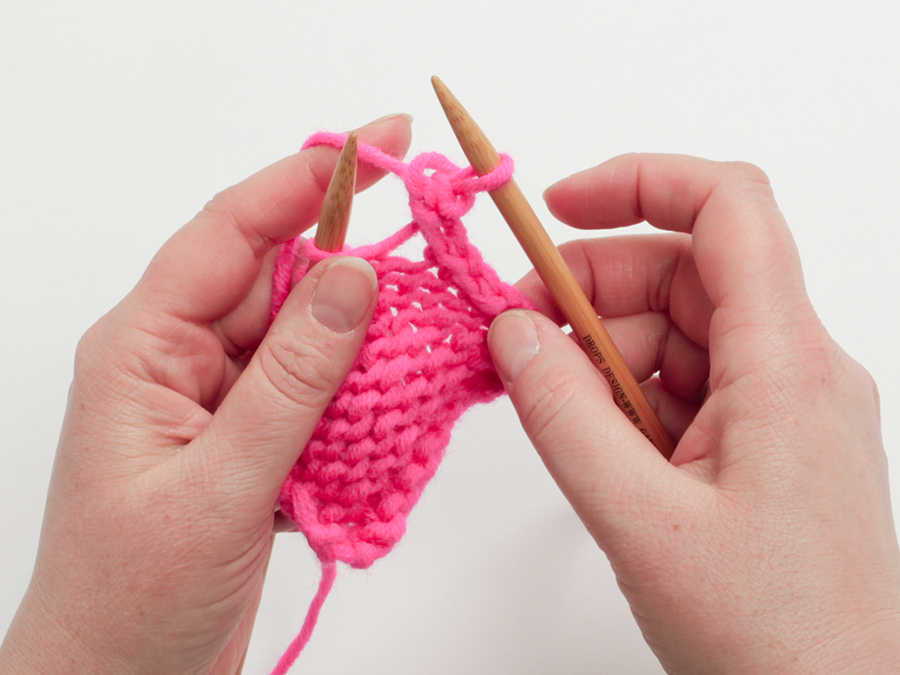
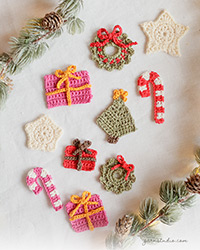

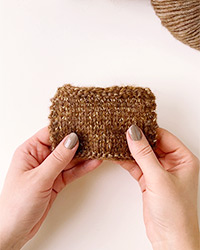
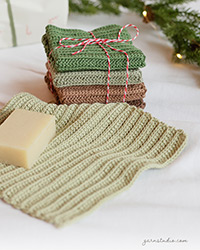
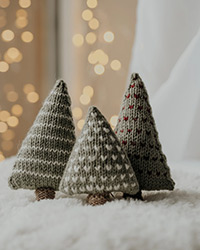

Escribe un comentario sobre DROPS Baby 19-10
¡Nos encantaría saber qué piensas acerca de este patrón!
Si quieres escribir una pregunta referente al patrón, por favor asegúrate de elegir la categoría correcta en el formulario debajo, para acelerar el proceso de respuesta. Los campos obligatorios están marcados con un *.